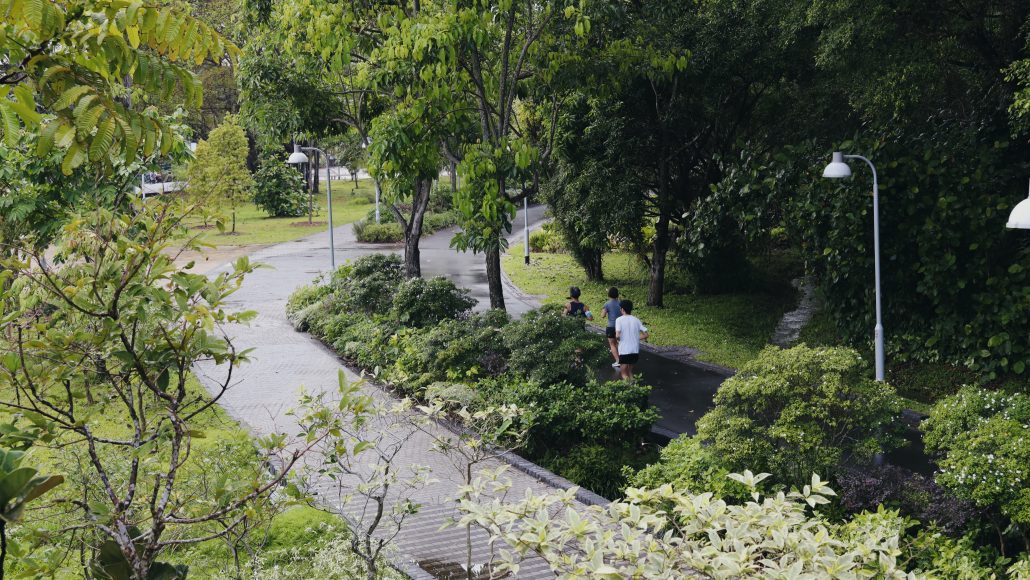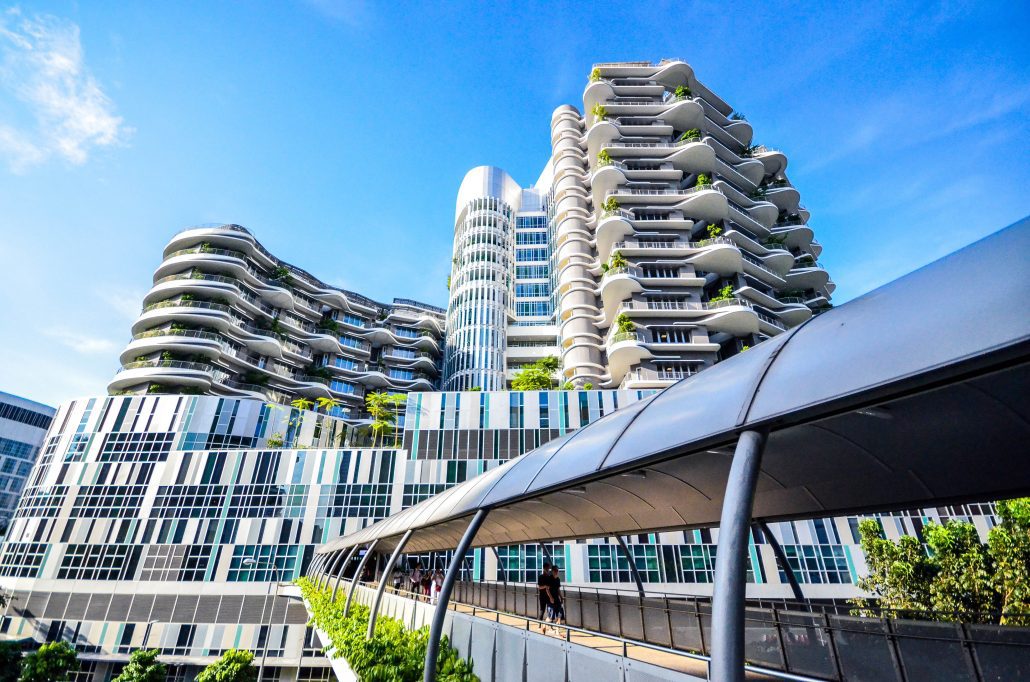Post Circuit-Breaker, Singapore was quick to reopen discussions for the Johor Bahru-Singapore cross-border Rapid Transit System (RTS), which will link Woodlands and Johor Bahru. Discussions regarding the RTS have faced multiple delays and postponements; however, the latest official ceremony which occurred on the 30th of July 2020 seemed to bear much fruit. There were several changes to be made to the operations of the RTS such as it being a solo Light Rail Transit System (LRT) instead of tapping on the same trains and system along Singapore’s Thompson-East Coast Line (TEL). In this article, we will be exploring what are some of the anticipated benefits that will arise from this initiative, and how it would impact the local real estate scene here in Singapore!

Benefit 1: More labour pools make their way to work in lesser time
An average of 300,000 Malaysians make daily commute into Singapore for work and school prior to the COVID-19 pandemic, either by private transport, public bus services or the KTM train. Often, peak hours start from as early as 4.30am and last till late mornings which often see massive choke points along the causeway. The construction of the JTS would significantly reduce congestion and wait times, with the projected carrying capacity cited at 10,000 passengers per hour. This would also improve the quality of work produced by these labour forces.
Additionally, Woodlands is earmarked as part of the Northern Gateway Redevelopment Initiative, and will also see major expansions to becoming the largest economic hub in Singapore’s northern region. Businesses seeking to take root may take this opportunity to fill up roles that Singaporeans may not be willing to take on. With the influx of more individuals into the Woodlands region, more amenities and community spaces will be built to cater to the growing demand, overall benefitting residents in the Woodlands region.
Benefit 2: Potential boost in demand for rental properties in Singapore
The construction of the JTS is Singapore’s way of expressing open arms towards her foreign counterpart. With more job opportunities to be created in the Woodlands Region, the demand for rental housing would inevitably see changes. Just in the last 5 years alone, statistics by HDB has shown that the median rents in the Woodlands Region has seen a steady decline over the years, with possible reasons being weakened currency exchange rates between the two nations rendering the option of renting in Singapore becoming too expensive. Upon successful completion of the JTS project and increase in job opportunities in the Woodlands Region, it could once again revive rental demand here in Singapore, benefitting local landlords.
Benefit 3: Overseas properties within reach
With a currency exchange between Singapore standing at 1SGD : 3.04RM (at the time of writing), living in Malaysia can prove to be a lucrative option. Located close to the border, the Iskandar Development Region caught the attention of many Singaporeans incentivised by the dream of purchasing a holiday or retirement home. The completion of the JTS would greatly boost the demand for these properties.

Benefit 4: Increase in medical spending and tourism dollar
Singapore is home to one of the world’s leading healthcare sectors. The development of the JTS would increase the number of medical tourists, coupled with the construction of the Woodlands Health Campus set to start operations from 2022, adding an additional 1800 extra beds to ease the strain on the healthcare sector.
Woodlands is located close to some of Singapore’s major tourist destinations such as the Singapore Zoo, Bird Park and Night Safari located in Mandai which is just an estimated 20 minutes bus ride away from the Woodlands Bus Interchange. With Singapore’s growing comprehensive train network, tourists from Malaysia are able to make their way around the island without too much of a hassle, eventually increasing tourist spending numbers. Johor Bahru will also benefit, with Singaporeans seeking cheaper leisure alternatives located in Malaysia such as LegoLand amongst other theme parks located close to the border.
Overall, the construction of the JTS seems to be a highly beneficial move for both nations. As Singapore battles with the economic after-effects of the COVID-19 pandemic, fostering closer ties with her neighbours would prove to be a strategic and viable option for her long-term success.
Want to find the best mortgage rate in town? Check out our free comparison service to learn more!
Read more of our posts below!

